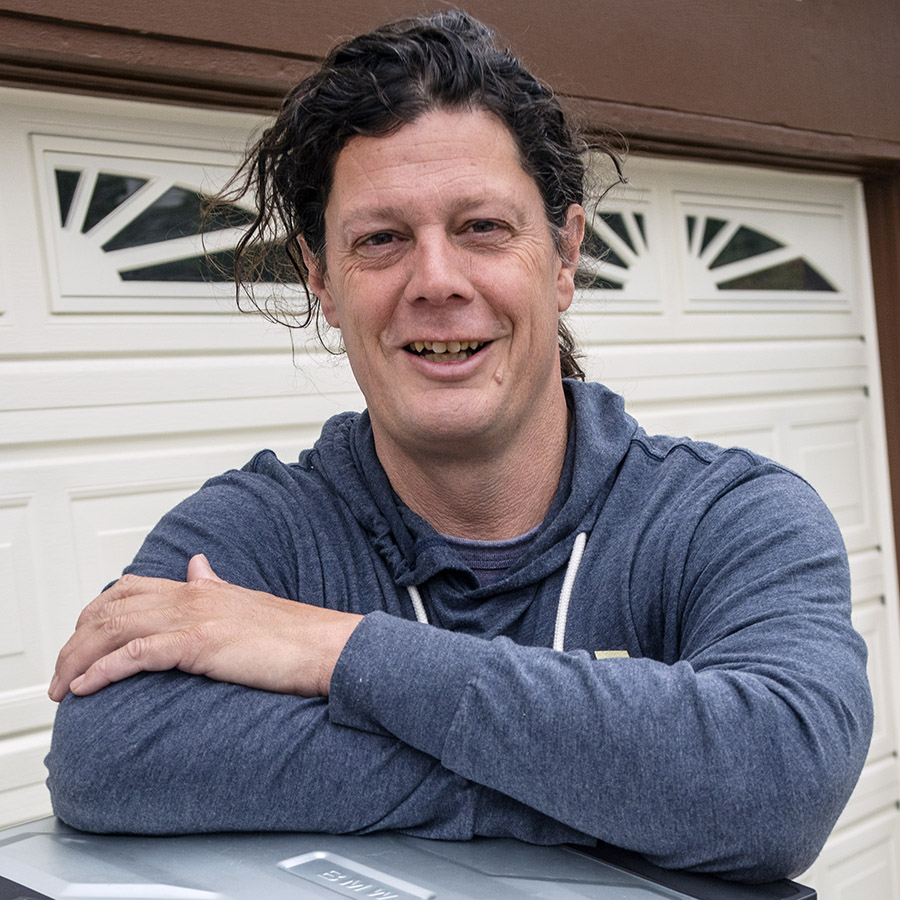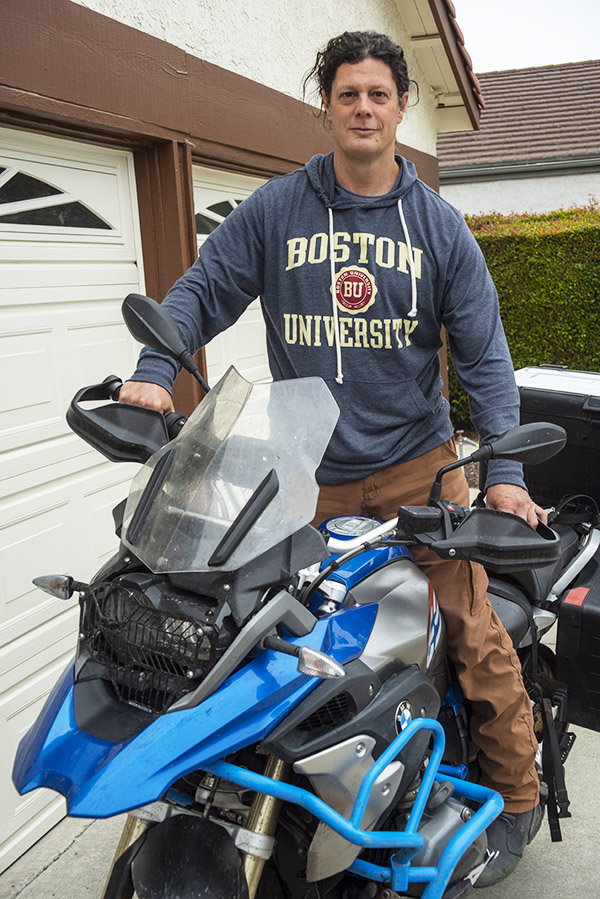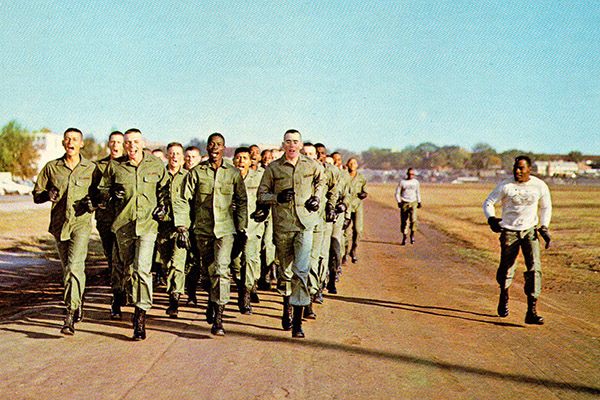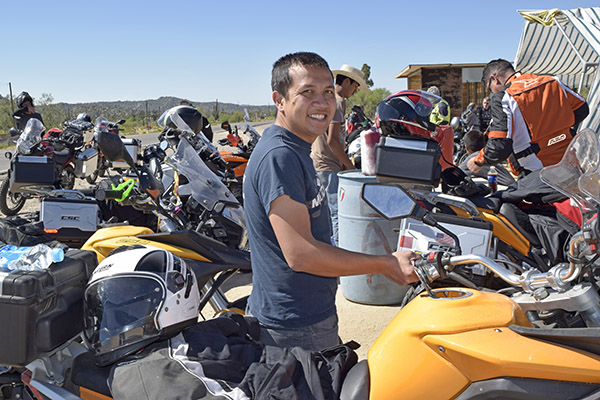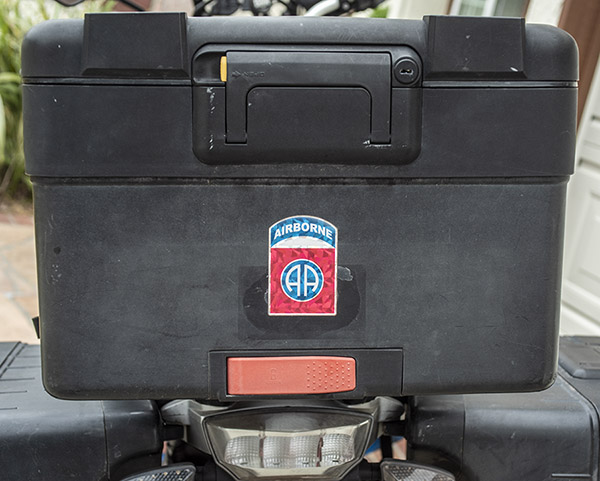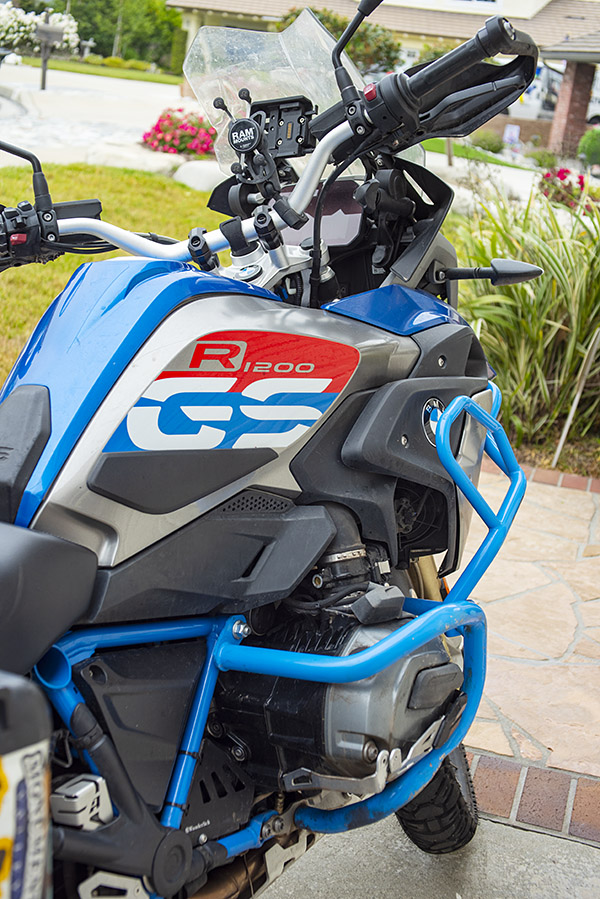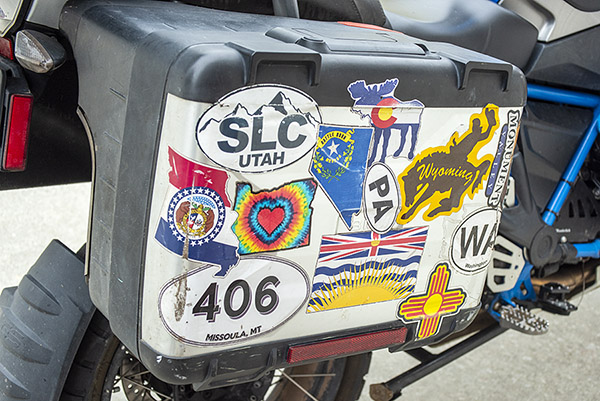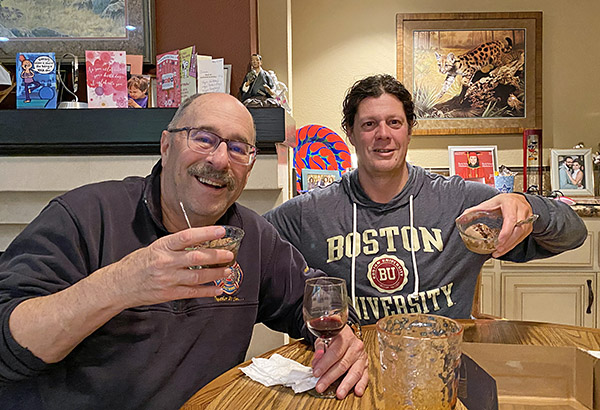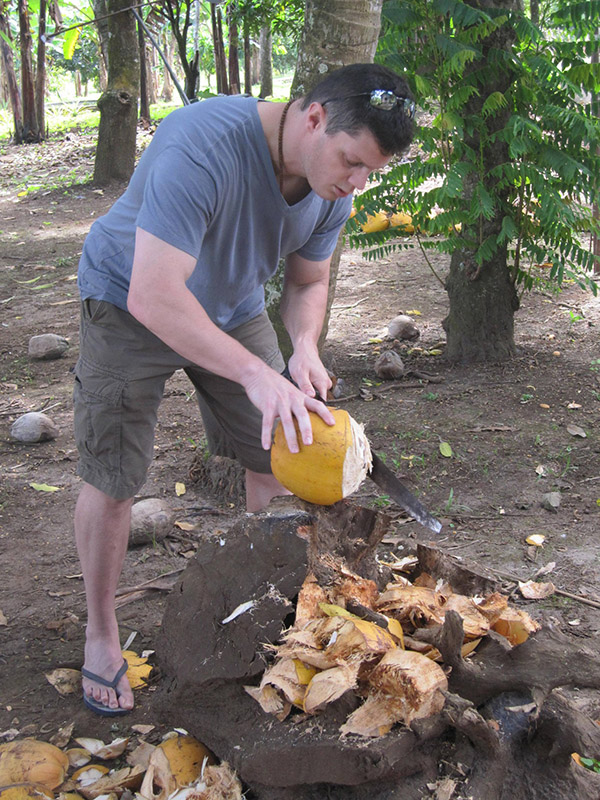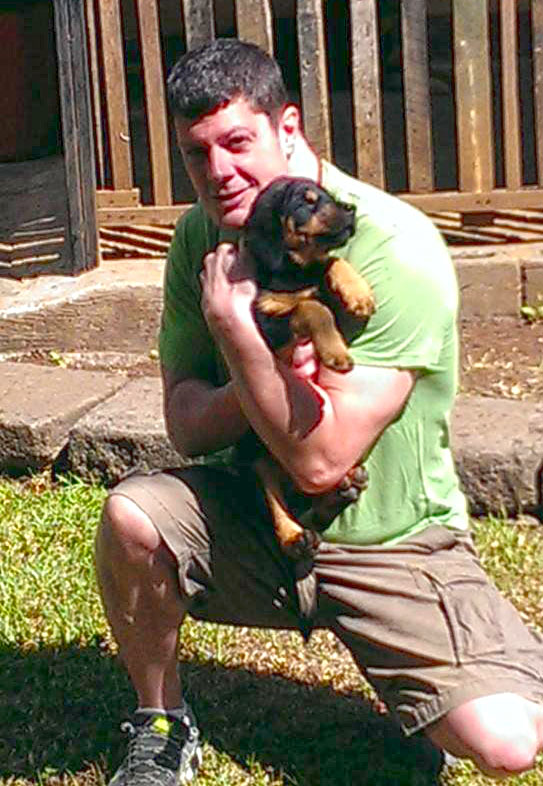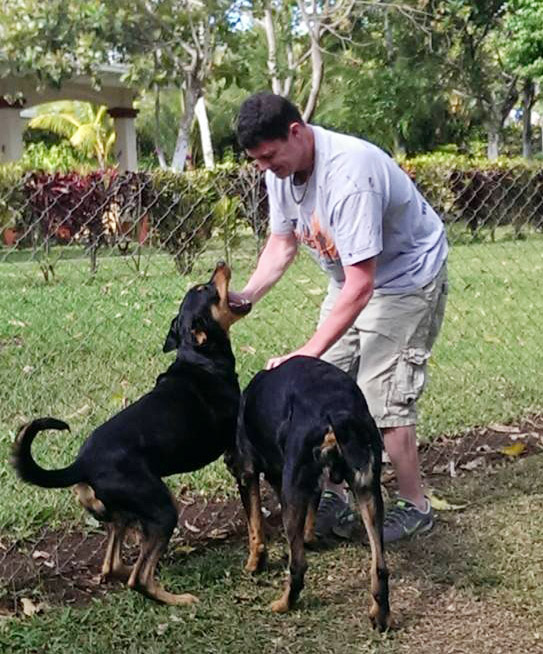By Mike Huber
I had been living and working on the beautiful rain forest island town of Victoria, British Columbia, but I had noticed the past couple of times returning from my work trips to Seattle that the Canadian Immigration people started to take notice of me and were more than aware that the stories I was feeding them weren’t true (they could see my entry/exit dates and they did NOT track with what I was telling them). During one of the last times I crossed the border I was pulled aside. They ran my Massachusetts driver’s license and the agent quickly stated “You’re a long way from home, son.” To which I provided my normal reply by pointing at my backpack: No, sir. My home is right there. He didn’t find it funny (they never do). He returned my IDs and had me move through Customs without further issue.
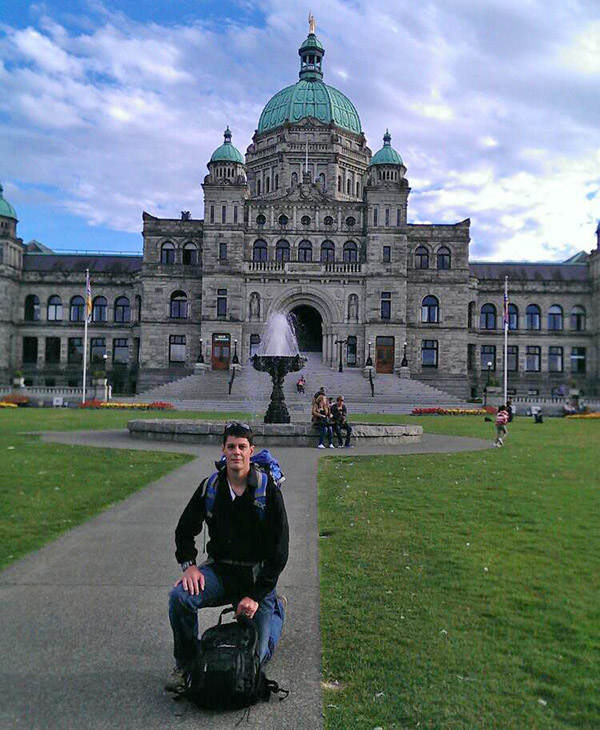 It was definitely time to return to the United States. It didn’t take too long over the next week to pack up, deflate the leaky air mattress I had been sleeping on for 8 months, and place the Good Will furniture on the corner (the furniture and I shared the same situation; we were both looking for our next home). Loading everything into the car was the final step before getting on the Tsawwassen Ferry, which would bring me to Vancouver. It was a short and uneventful 3-hour drive to my new residence in Seattle, Washington.
It was definitely time to return to the United States. It didn’t take too long over the next week to pack up, deflate the leaky air mattress I had been sleeping on for 8 months, and place the Good Will furniture on the corner (the furniture and I shared the same situation; we were both looking for our next home). Loading everything into the car was the final step before getting on the Tsawwassen Ferry, which would bring me to Vancouver. It was a short and uneventful 3-hour drive to my new residence in Seattle, Washington.
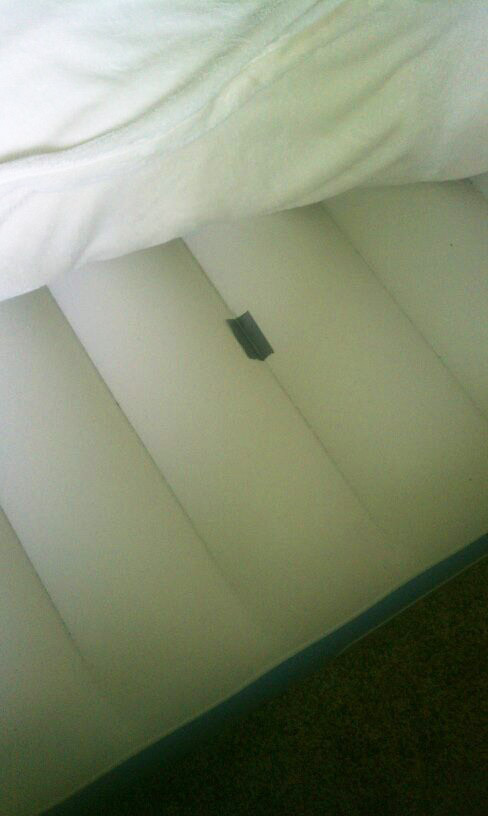
Victoria was one of the very few places that made me cry when I left. I had a beautiful eight months living there and felt so fortunate that I was not only able to experience this island and the great people who live there, but that I was able to stay for so long. It is one of the few places I have lived that I proudly called my home.
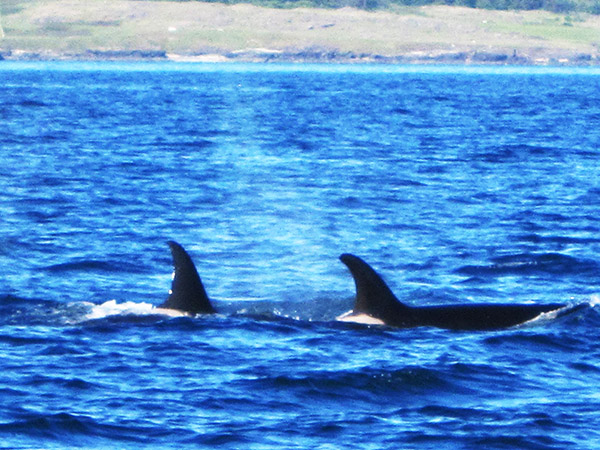
I was back in the United States after a year and a half. It was time to get an actual apartment and furniture that wasn’t from Good Will. Belltown in Seattle seemed to be a no brainer as far as a location. There were tons of bars and restaurants, it was next to the Olympic Sculpture Park, and the Victoria Clipper was right there (if I felt the urge to jump back to Victoria on the high-speed catamaran). Maybe the coolest part of Belltown was that my apartment was in the shadow of the Space Needle, which is one of my favorite buildings.
The one big lesson I learned in my vagabond, digital nomad travels is it is much easier to get back on the wheel than it is to exit it. Getting an apartment and having my furniture sent from Boston was easy. Leaving the wheel required a ton of planning and preparation. It took months to downsize, find a storage for my vehicles, rent my condo, etc. The tasks seemed to never end when I prepared to leave the wheel, and as I completed each task I found myself constantly questioning my decision as I counted down to Day 0.
I was now a Seattle resident. Over the past 18 months I left from the start of I-90 near Fenway Park to the end of the same road at Safeco Field. It would have only been a three-thousand-mile trip on I-90, but I took the longest route possible by meandering through five countries. I was anxious to meet new friends and see how being back on the wheel would treat me, and more importantly, how I would adjust to this old lifestyle I had left 18 months ago.
Never miss an ExNotes blog:

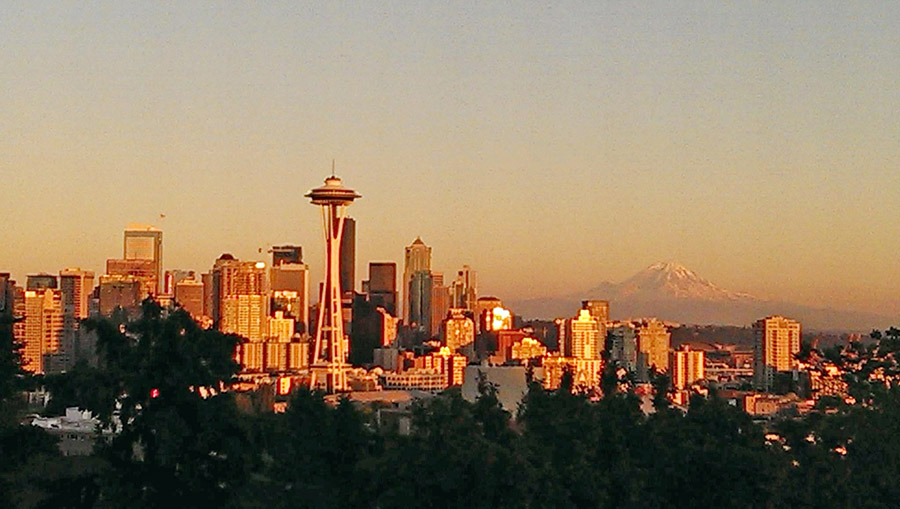



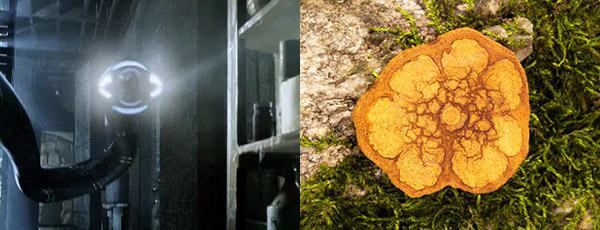
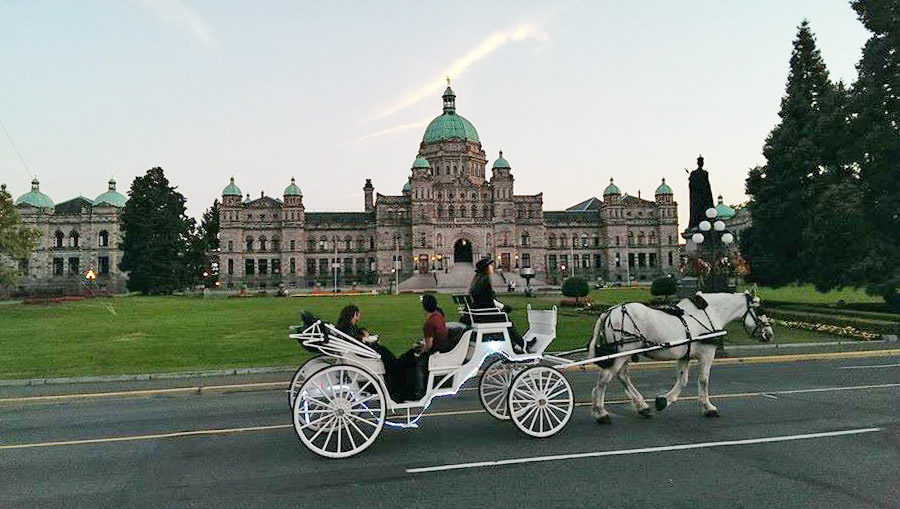
 I wasn’t a big fan of the southeastern states and hadn’t really explored many of the western ones. Since the gray damp weather wasn’t something I wanted to deal with deciding to choose the Pacific Northwest probably wasn’t one of my better ideas, but I knew it wouldn’t be as cold in that area. I was still feeling the culture shock of returning to the United States and after living in South America, the busy stressful vibe of the United States wasn’t tolerable.
I wasn’t a big fan of the southeastern states and hadn’t really explored many of the western ones. Since the gray damp weather wasn’t something I wanted to deal with deciding to choose the Pacific Northwest probably wasn’t one of my better ideas, but I knew it wouldn’t be as cold in that area. I was still feeling the culture shock of returning to the United States and after living in South America, the busy stressful vibe of the United States wasn’t tolerable.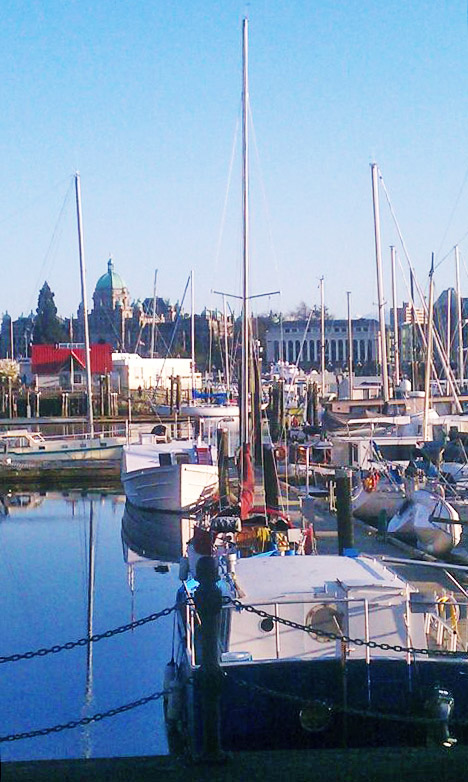
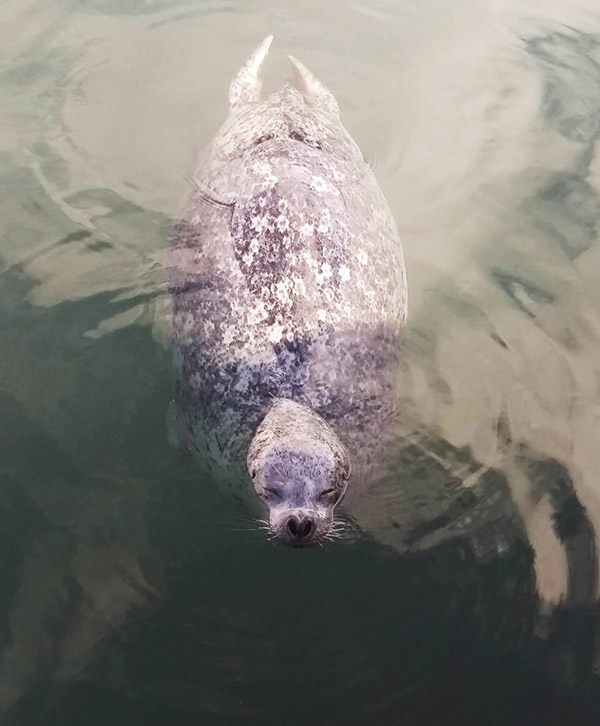
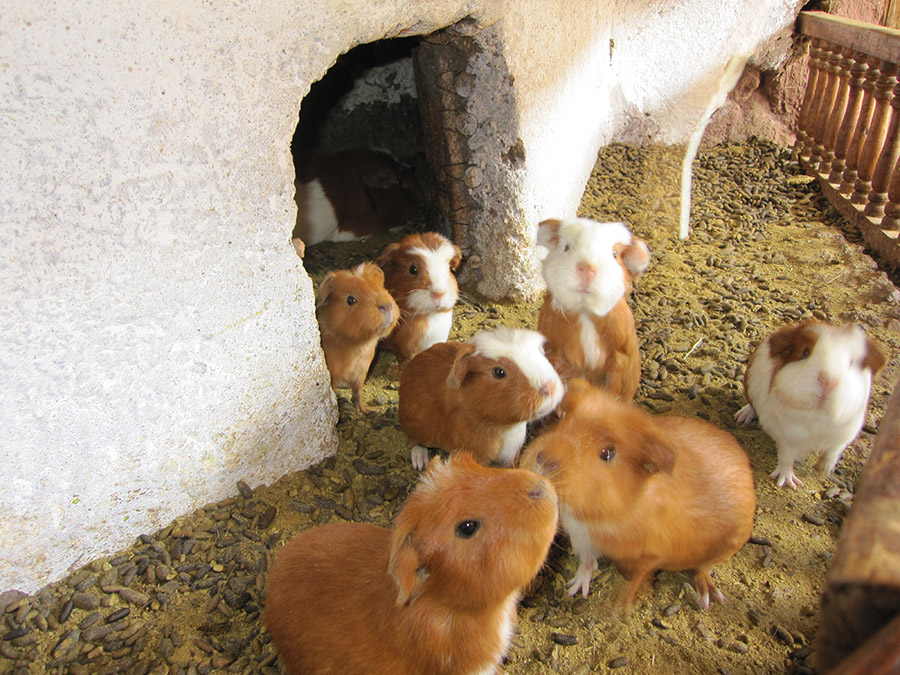
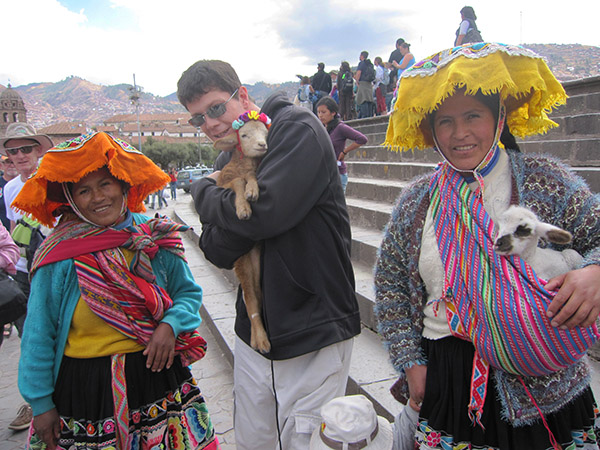
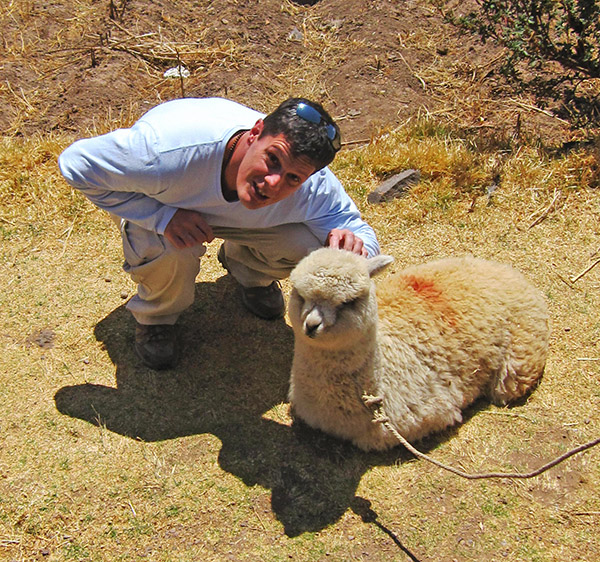
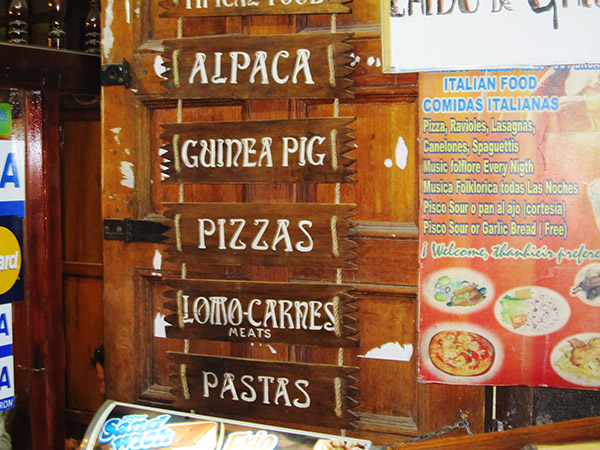
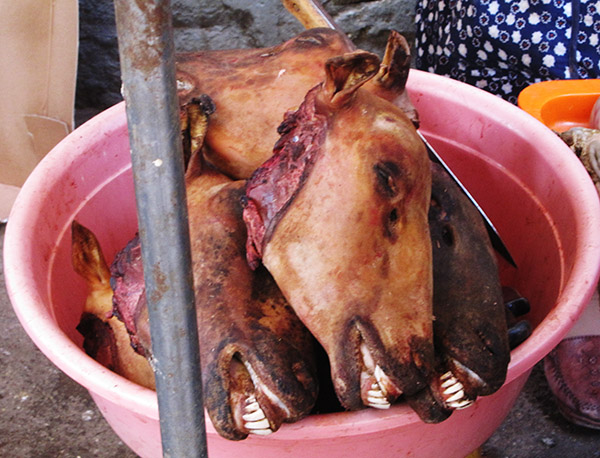
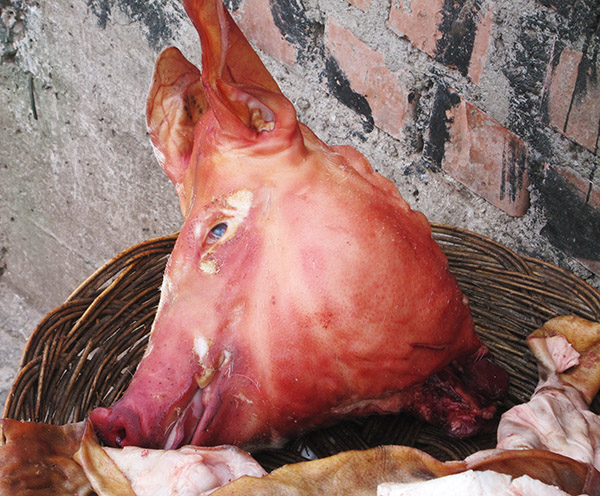
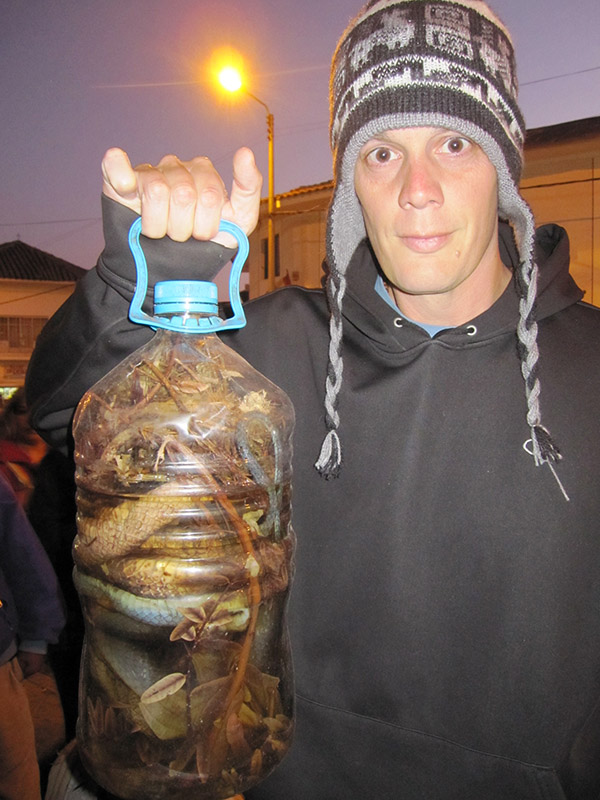
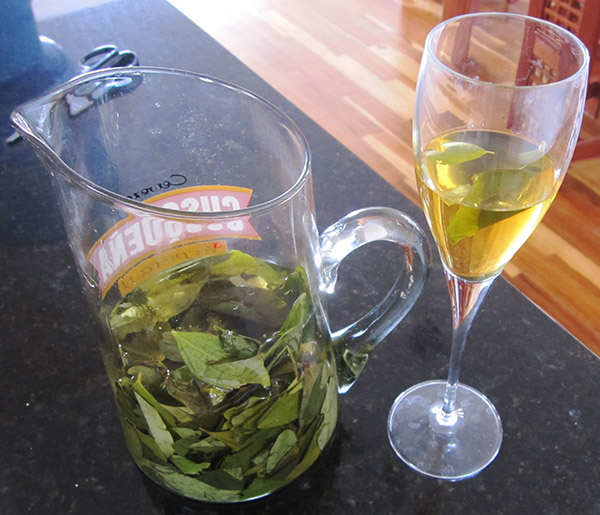
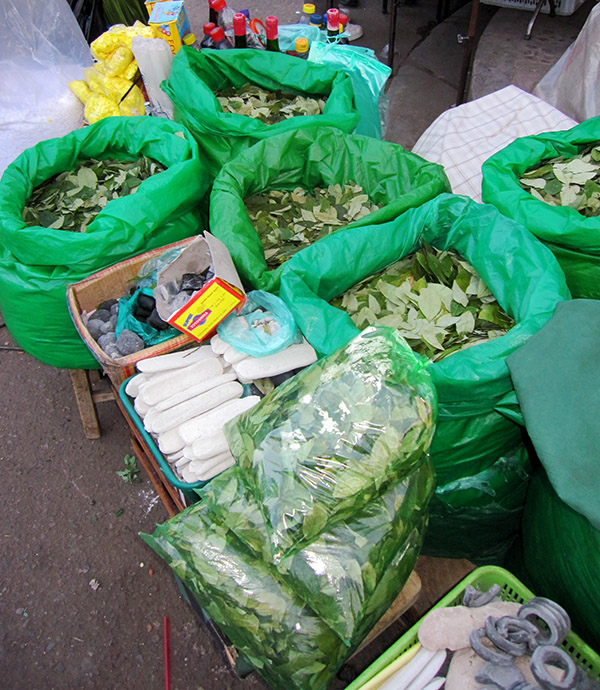

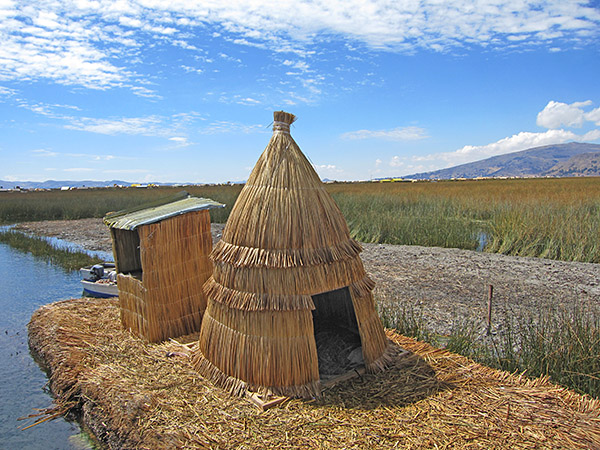 Having planned to use all my vacation time while in Peru, it wasn’t too difficult to load up on my work early in the week and take a four-day weekend to knock out Lake Titicaca (did I mention it has a funny name?). Allowing four days would provide me with enough time to take a leisurely tour bus to this region of Peru, get some hikes and tourist attractions in along the way, and then return on an overnight bus on Sunday. This would assure (hopefully) that I would make it to work on time Monday morning. Instilling project management principles usually results in a successful outcome. To me the planning of a project or a vacation followed the same rigid processes. Of course, the vacation ones always had a few surprises along the way that I would have to adjust to, but that’s part of the fun.
Having planned to use all my vacation time while in Peru, it wasn’t too difficult to load up on my work early in the week and take a four-day weekend to knock out Lake Titicaca (did I mention it has a funny name?). Allowing four days would provide me with enough time to take a leisurely tour bus to this region of Peru, get some hikes and tourist attractions in along the way, and then return on an overnight bus on Sunday. This would assure (hopefully) that I would make it to work on time Monday morning. Instilling project management principles usually results in a successful outcome. To me the planning of a project or a vacation followed the same rigid processes. Of course, the vacation ones always had a few surprises along the way that I would have to adjust to, but that’s part of the fun.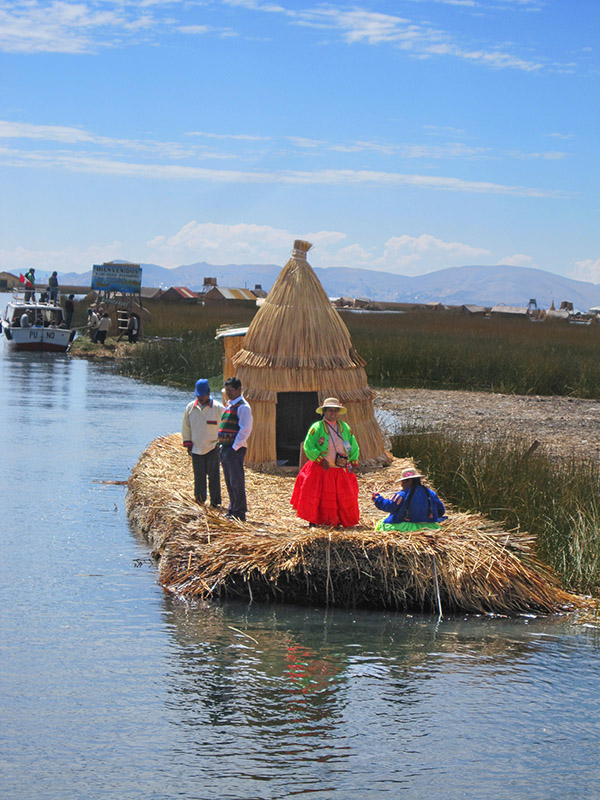
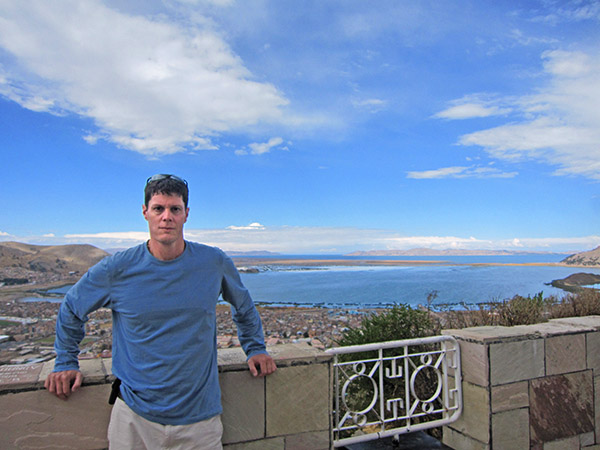
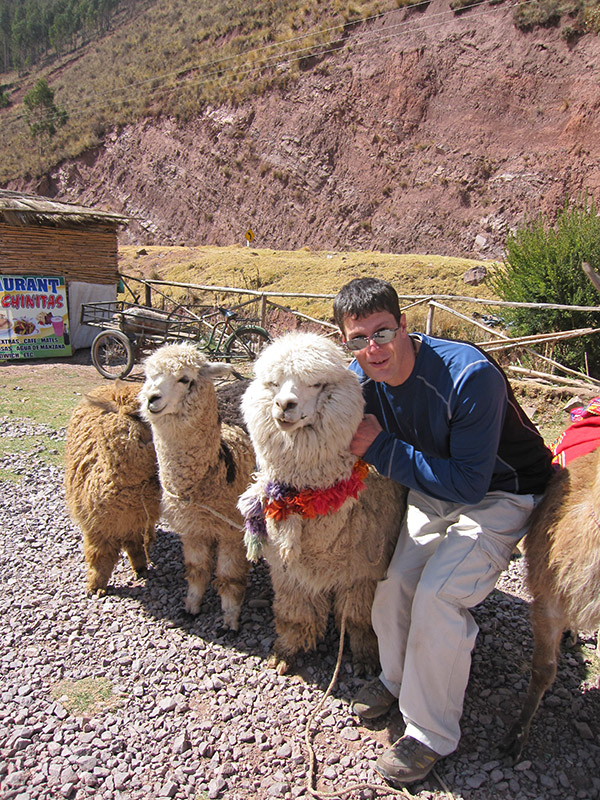
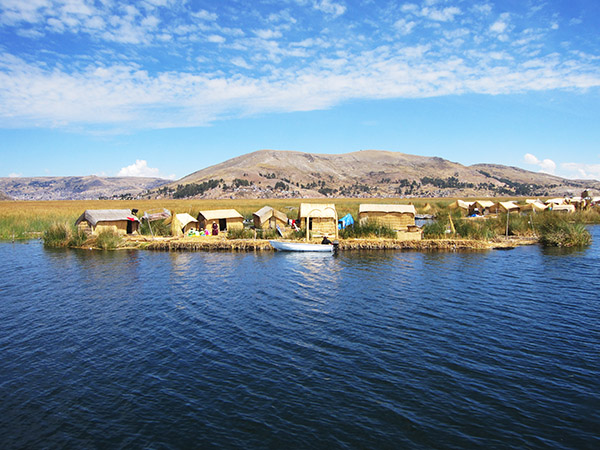
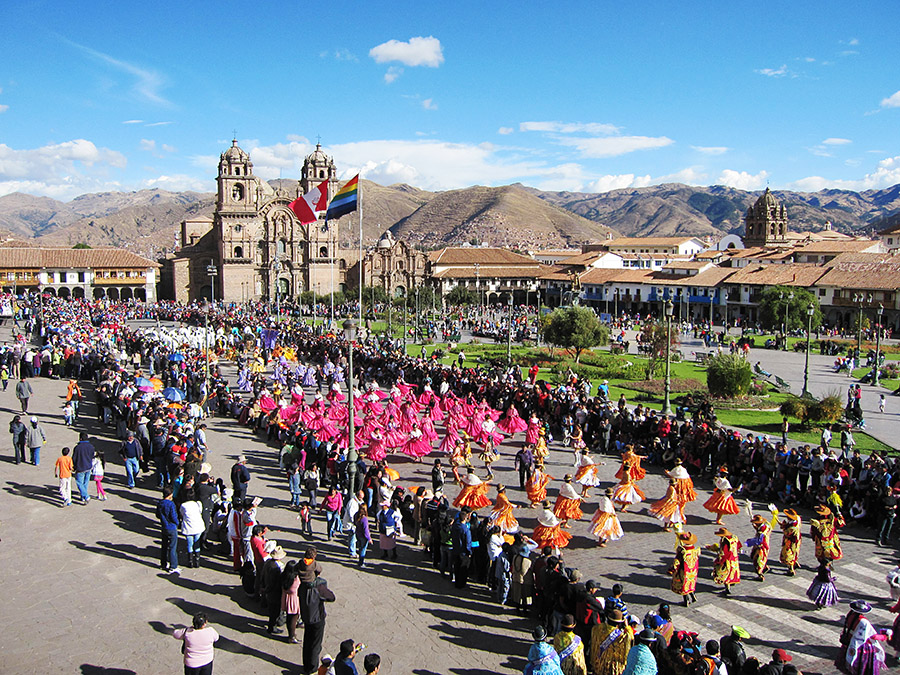
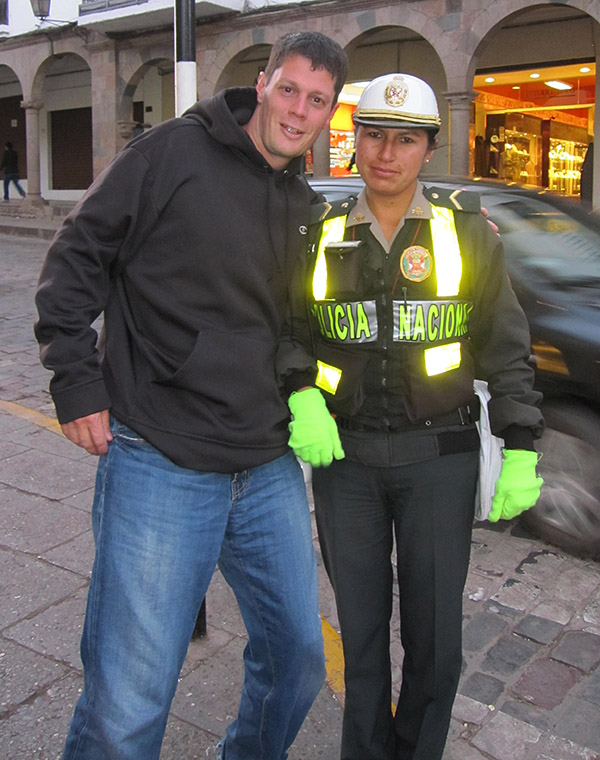 After only two days in Lima, I quickly learned this wasn’t the Peru I was looking for. It was just a large city, and cities weren’t where I would find the culture and experiences that would help me grow. Knowing this, I booked a 12-hour bus ride to Cusco. Surprisingly, I clearly hadn’t learned my lesson from the Nicaragua to Panama bus ride, but I figured the chances of a repeat performance of Fireproof being played nonstop were pretty slim.
After only two days in Lima, I quickly learned this wasn’t the Peru I was looking for. It was just a large city, and cities weren’t where I would find the culture and experiences that would help me grow. Knowing this, I booked a 12-hour bus ride to Cusco. Surprisingly, I clearly hadn’t learned my lesson from the Nicaragua to Panama bus ride, but I figured the chances of a repeat performance of Fireproof being played nonstop were pretty slim.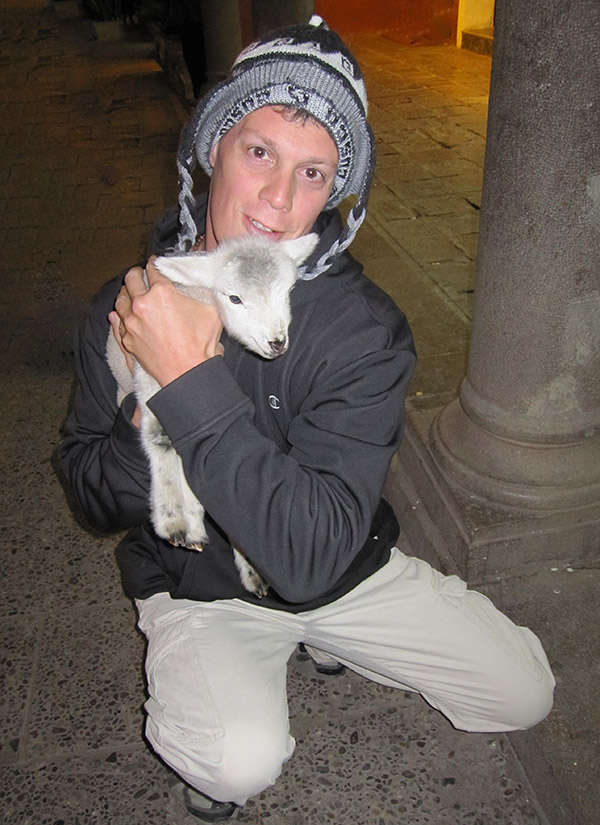
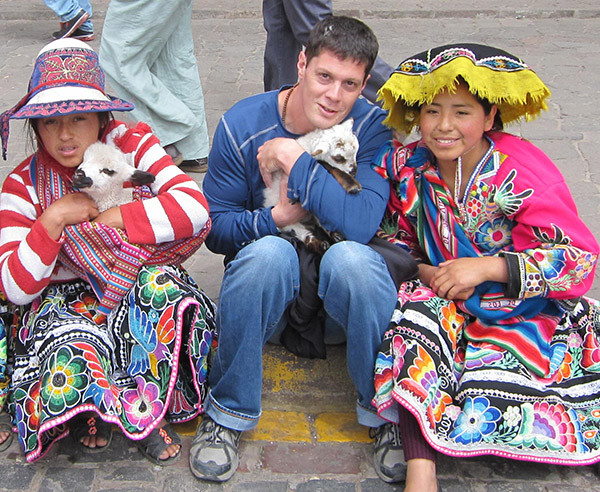
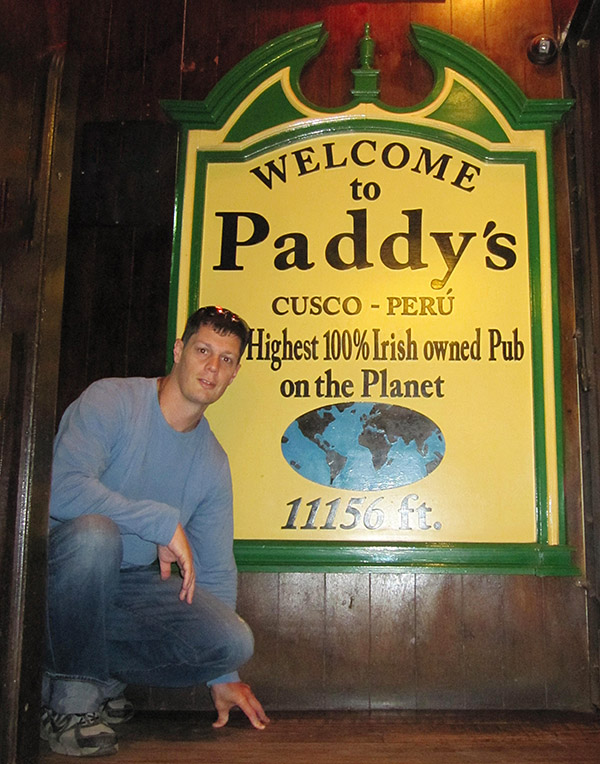
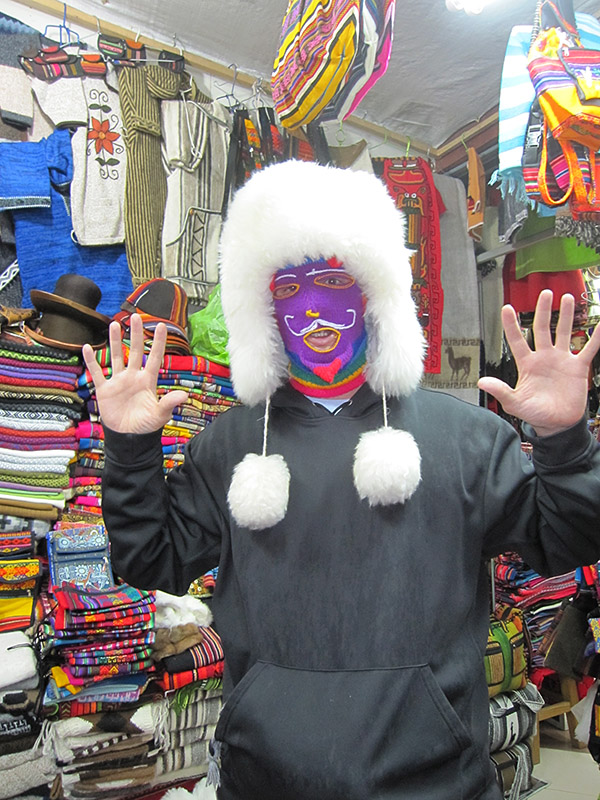

 I adjusted to a routine of work and Spanish lessons during the weekdays and on weekends I would explore local hikes and rainforests. I was almost at the base of Cotopaxi, which technically is the highest mountain in the world as it is on the equator and bulges out more than Mt. Everest (if you’re one of those rare people that believe the Earth is round).
I adjusted to a routine of work and Spanish lessons during the weekdays and on weekends I would explore local hikes and rainforests. I was almost at the base of Cotopaxi, which technically is the highest mountain in the world as it is on the equator and bulges out more than Mt. Everest (if you’re one of those rare people that believe the Earth is round).




 Having been in Panama and Nicaragua with such little luggage it was important to keep my packing to a minimum. This wasn’t very difficult as the countries I had been visiting were tropical and very warm. I was certain Ecuador would be the same, as Quito was on the equator. Where could be warmer than the equator. Well, it turns out a lot of places could be much warmer? Quito was indeed on the equator but is also nestled in the Andean foothills at an elevation of around 10,000 feet above sea level. To add to that it was August, so technically it was winter there (although the ambient temperature doesn’t fluctuate very much).
Having been in Panama and Nicaragua with such little luggage it was important to keep my packing to a minimum. This wasn’t very difficult as the countries I had been visiting were tropical and very warm. I was certain Ecuador would be the same, as Quito was on the equator. Where could be warmer than the equator. Well, it turns out a lot of places could be much warmer? Quito was indeed on the equator but is also nestled in the Andean foothills at an elevation of around 10,000 feet above sea level. To add to that it was August, so technically it was winter there (although the ambient temperature doesn’t fluctuate very much).

